Properly illuminating the exterior of your house is key to enhancing its aesthetics, safety, and overall ambiance. The right lighting can highlight architectural features, guide pathways, and create a welcoming atmosphere. In this guide, we’ll explore how to light your house exterior, providing a blend of beauty and functionality.
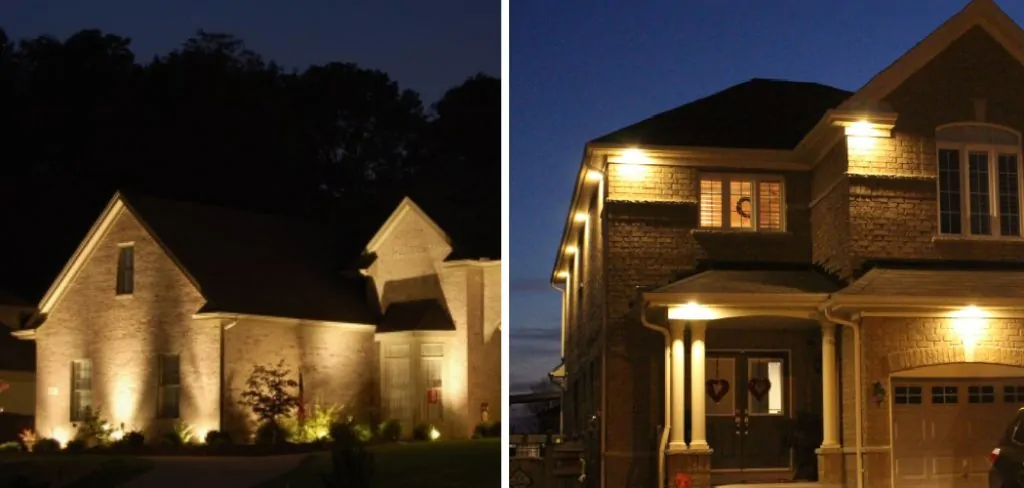
From selecting the appropriate outdoor lighting fixtures to strategically placing them around your property and understanding various lighting techniques such as uplighting, downlighting, and accent lighting, we’ll cover everything you need to know to brighten up your outdoor space. Transform your home into a beacon of light, creating a welcoming and visually appealing environment for both residents and visitors.
The Importance of Exterior Lighting
Adding lighting to your house exterior can make a significant difference in not only the aesthetic appeal of your home but also in its functionality. The right type and placement of outdoor lights can enhance the safety, security, and overall livability of your property.
Safety is a primary concern for any homeowner, especially when it comes to outdoor spaces. Well-lit pathways, steps, and entrances can prevent accidents and injuries by providing clear visibility at night. This is particularly important for households with children or elderly members who may have difficulty navigating in low light conditions.
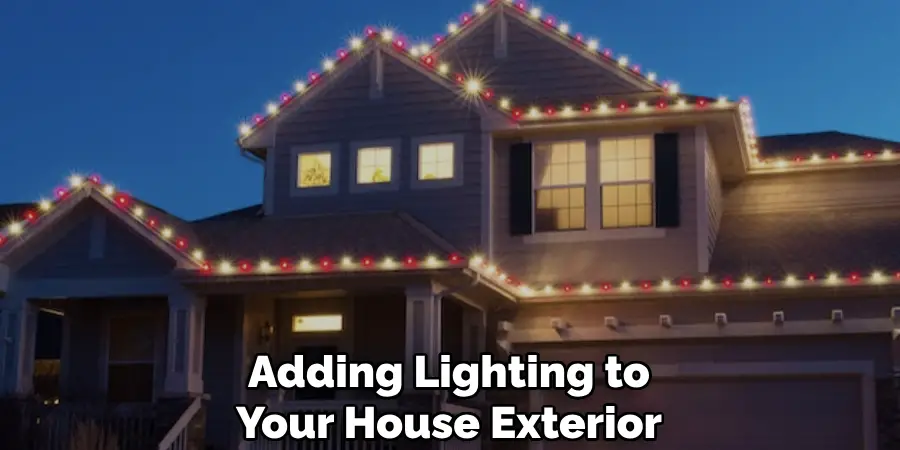
Exterior lighting also plays a crucial role in home security. A well-lit exterior is a strong deterrent to potential burglars, as it increases the risk of being seen and identified. Motion sensor lights are particularly effective in this regard, as they activate when someone approaches the property. This not only alerts homeowners to any potential threats but also startles and discourages intruders.
Apart from safety and security, exterior lighting can also enhance the functionality of your home. With proper illumination, you can make the most out of your outdoor spaces even at night.
Whether it’s enjoying a late-night barbecue, reading a book on your porch, or simply taking a relaxing stroll around your garden, exterior lighting allows you to extend the use of your outdoor areas well into the evening.
10 Methods How to Light Your House Exterior
1. String Lights
String lights are a great way to light up your house exterior. They can be hung from trees, fences, or even your home’s roofline and are available in a variety of colors and styles. Not only do they add a festive touch to your outdoor space, but they also provide a soft, ambient lighting that can help to create an inviting atmosphere.
2. Step Lights
Step lights are designed to be installed along walkways and stairs leading up to your home’s entrance. These low-voltage fixtures provide just enough illumination for people to safely navigate their way up the steps without being too bright or intrusive. Step lights also come in a variety of styles, so you can choose one that fits with the aesthetic of your home’s exterior.
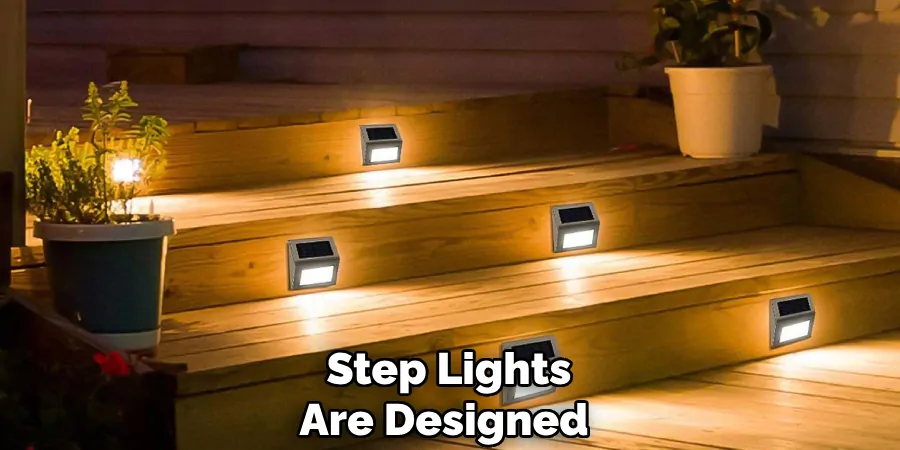
3. Wall Sconces
Wall sconces are another great option for illuminating the exterior of your home. They can be mounted directly onto the walls and come in both traditional and modern designs. Wall sconces provide a warm, inviting glow that is perfect for creating an inviting atmosphere around your front door or patio area.
4. Post Lights
Post lights are designed to be mounted on posts or columns around your home’s perimeter and provide an attractive source of illumination for pathways and driveways. Post lights come in a variety of styles, from classic lantern designs to more modern options with LED bulbs that offer greater energy efficiency than traditional bulbs.
5. Floodlights
Floodlights are ideal for providing security lighting around the perimeter of your home as they emit bright beams of light that can illuminate large areas at night time. Most floodlights use motion sensors so that they will turn on when someone enters the area, which helps to deter potential intruders from entering your property after dark.
6. Spotlights
Spotlights are similar to floodlights but have narrower beams of light that can be used to highlight specific features, such as statues or architectural elements on the outside of your home. Spotlights also come in various shapes and sizes, so you can find one that fits perfectly with the design of your house exterior while still providing plenty of illumination when needed at night time.
7. Hanging Lanterns
Hanging lanterns are a timeless choice for lighting up the outside of your house and come in many different styles ranging from classic gas lanterns to more modern LED versions with solar panels attached for increased energy efficiency during operation hours at night time.
Hanging lanterns not only look beautiful but also provide ample illumination for pathways and gardens while adding an element of charm and sophistication to any outdoor space. They gracefully hang from above.
8. Pathway Lights
Pathway lights are designed specifically for illuminating pathways leading up to entrances or other areas around the outside of homes. These small fixtures typically use low-voltage bulbs, making them safe enough for use near water sources such as ponds or pools.
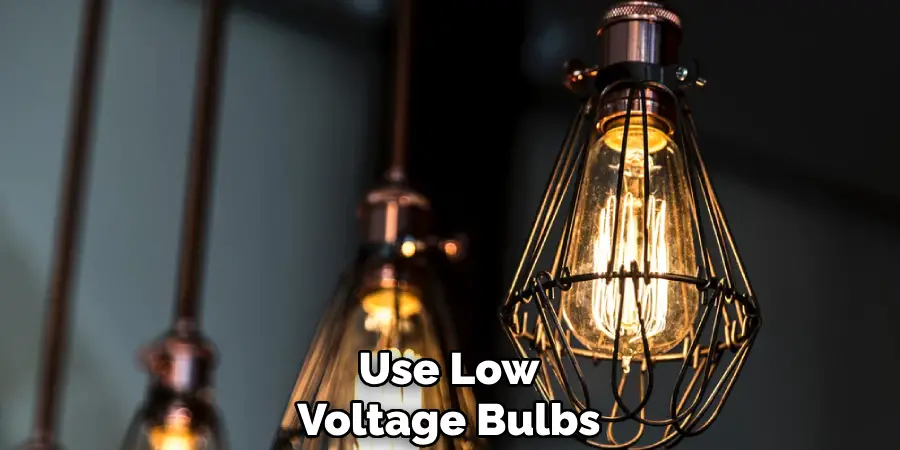
Pathway lights also come in various shapes, sizes, and colors, so you can find one that matches the style you’re looking for while still providing enough light throughout the evening hours.
9. Deck Lighting
Deck lighting is another great option if you have an outdoor deck area at your home. These fixtures typically attach directly onto railings or posts around decks, helping them blend into their surroundings while still providing adequate illumination during nighttime activities such as entertaining guests outdoors.
Deck lighting is available in both wired and wireless versions, making it easy to install no matter what type of decking material you may have installed already.
10. Downlighting
Downlighting is a great way to add drama and ambiance around entryways by directing beams downwards towards ground-level surfaces such as floors or steps leading up towards entrances.
This type of lighting is especially popular when used near plants or other foliage since it creates interesting shadows on walls during nighttime hours while still providing plenty of visibility throughout dark areas near entrances where visitors may need extra guidance when navigating their way inside after dark.
Things to Consider When Lighting Your House Exterior
Lighting your house exterior can make a huge impact on the overall look and feel of your home. Not only does it add curb appeal, but it also serves as a safety feature and allows you to enjoy your outdoor space well into the night. When planning out your exterior lighting, there are several things you should take into consideration to ensure that you achieve the desired effect.
Purpose
Before you start choosing and installing lights, it’s important to define the purpose of your exterior lighting. Are you looking to highlight certain architectural features or create a welcoming ambiance? Or do you want to increase security by illuminating dark areas around your house? Determining the purpose will help guide your choices in terms of placement, type, and intensity of lights.
Type of Lighting
There are various types of lighting that can be used for your house exterior, including floodlights, spotlights, path lights, and wall-mounted fixtures. Each type serves a different purpose and adds a unique touch to your space. For example, floodlights provide a broad spread of light and are perfect for large areas or highlighting architectural details.
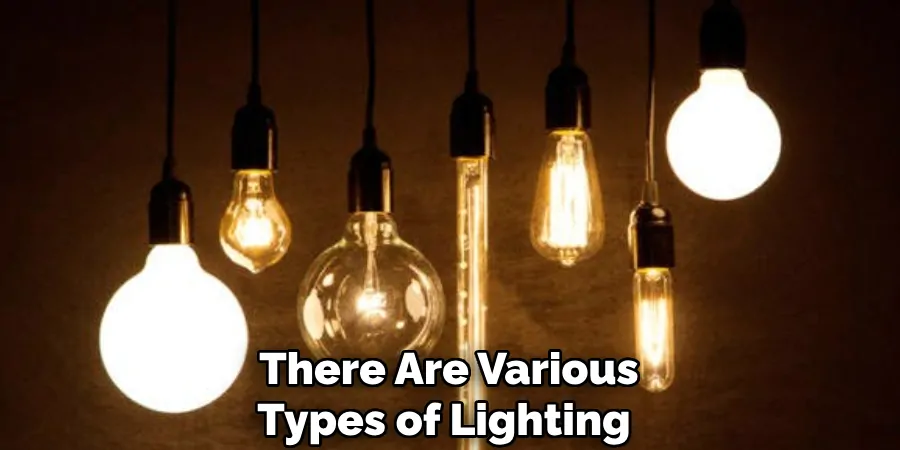
Spotlights, on the other hand, offer a more focused beam and can be used to accent specific features or objects. Consider using a mix of different types of lighting to achieve the desired effect.
Placement
Proper placement of lights is crucial for achieving the right balance and effect in your exterior lighting. Avoid placing lights too close together as it can create harsh shadows and uneven lighting. Instead, space out lights evenly to create a more natural look. Also, consider the angle at which the light will hit its target to avoid blinding glare or excessive brightness.
Light Temperature
Light temperature, measured in Kelvin (K), refers to the color of the light produced by a bulb. It can range from warm (2700K-3000K) to cool (5000K-6500K). Warm light creates a cozy and inviting atmosphere, while cool light appears brighter and more energizing. Consider the mood you want to create in your outdoor space when selecting the light temperature.
Common Mistakes to Avoid
As you plan to light your house exterior, it’s important to keep in mind some common mistakes that many homeowners make. These mistakes can lead to ineffective lighting, wasted energy, and potential safety hazards. To ensure that your outdoor lighting is functional and aesthetically pleasing, here are some common mistakes to avoid:
- Failure to consider the purpose of lighting: Before installing any outdoor lights, determine what purpose they serve. Are you trying to increase security, enhance curb appeal, or create a cozy ambiance? Different purposes require different types of lighting and placement.
- Poor placement: Placing lights in the wrong spot can result in uneven lighting or glare. Consider the angle and direction of light before installation to avoid these issues.
- Overlooking safety: When installing lights, it’s important to ensure that they are not a tripping hazard or in the way of foot traffic. Additionally, make sure all electrical connections are secure and weather-resistant.
- Neglecting maintenance: Outdoor lights require regular upkeep to function properly. Make sure to clean them regularly and replace any broken bulbs or damaged fixtures promptly.
- Using the wrong bulbs: Different types of lighting require different bulbs. Make sure to use the appropriate bulbs for your outdoor lights to ensure optimal performance and longevity.
- Not considering the dark sky: Excessive or poorly directed outdoor lighting can contribute to light pollution, affecting the natural environment and causing disturbance to wildlife.
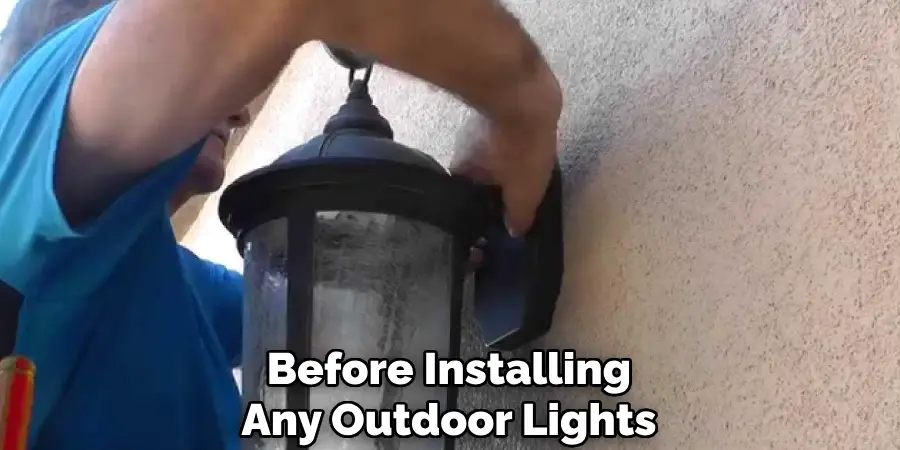
Conclusion
In summary, creating the perfect outdoor lighting for your home doesn’t have to be daunting. With a bit of research and an understanding of the desired look, you can easily light up your house exterior.
Start by identifying the different kinds of lighting available and pick one that will create the most visual impact for your home. Carefully choose lamp fixtures that are appropriate for outdoor use and aligned with your desired aesthetic.
Incorporate various paths of light around the landscape to give it both depth and drama. Most importantly, spend time experimenting with different angles, levels, colors, and positions until you find the best combination that complements your home’s exterior perfectly! Now that you have all the tips on how to light up your exterior home décor let’s get out there and make it happen!

